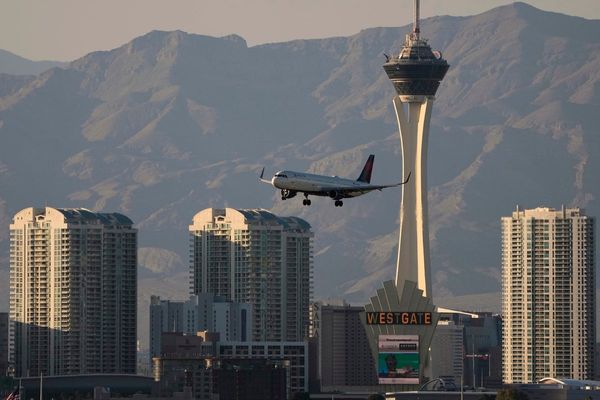Nepal, the land of staggering Himalayas, is a dream destination for adventurers worldwide. Rich in culture, biodiversity, landscapes, and several adventurous activities, visiting Nepal is a perfect escape from your busy life. One of the best ways to experience all these is through trekking.
Trekking in the rugged terrains of the Himalayas offers its visitors majestic views of panoramic peaks, including Mount Everest itself. Roof of the world, Mount Everest Base Camp Trek has been one of the most popular destinations among trekkers to witness its magic.
In contrast, the new yet exciting Upper Dolpo and Mount Kanchenjunga Circuit Trek has been gaining popularity recently. While they are not completely camping trek, trekkers can still request customized camping and teahouse treks in this location.
Whether it be a managed teahouse trek or a thrilling camping trek, both of them have their advantages and challenges. So, choosing any of the treks depends on your preferences, budget, physical fitness, and trekking route.
Let’s explore both options in detail to help you make an informed decision.
What is Teahouse Trekking?
Teahouses are local houses converted to provide food and accommodation for the trekkers. It is a family-run business that serves warm and cozy rooms to sleep in and nourishing, locally grown foods that provide enough energy for the trail.
Teahouse trekking is the most popular choice for travelers exploring Nepal’s trails. These cozy establishments are scattered across popular trails like Everest Base Camp, Annapurna Base Camp Trek, and Langtang Valley. This makes trekking convenient and a unique way to experience the Himalayas.
Why Choose Teahouse Trekking?
- Affordability:Teahouse trekking is budget-friendly. You don’t need to carry heavy camping gear or pay for porters to haul it. Most teahouses offer rooms for as little as $5−$10 per night, and meals are reasonably priced.
- Cultural Immersion:Staying in teahouses allows you to interact with local families and fellow trekkers. You’ll get a glimpse into the daily lives of the Sherpa, Gurung, and Tamang communities and enjoy hearty Nepali dishes like Dal Bhat (lentil soup with rice) or Mo: Mo (dumplings).
- Convenience:Teahouses provide a warm bed, hot meals, and sometimes even Wi-Fi. This means you can travel light, carrying only essentials like clothing, water, and snacks.
- Social Experience:Social gathering venues for trekkers from around the world, teahouses are. Sharing tales by the fire or with a cup of butter tea can lead to lifetime friendships.
Cons of Teahouse Trekking
- Limited Privacy:The teahouses are filled to capacity during the season, and you will have to share rooms with other trekkers.
- Standardized Foods:Food in the majority of teahouses is identical, with items like dal bhat, noodles, and pancakes. There is less food variety compared to camping.
- Availability Issues:The teahouses fill up during high seasons, and one may not be able to obtain a room without a prior reservation.
- Less Flexibility:You must plan your route around existing teahouses, which might not always align with your desired trekking pace.
What is Camping Trekking?
For others who enjoy a more raw and immersive experience, camping trekking is the style of choice. In this format, tents are set up in unpopulated regions with the help of a support team that includes guides, cooks, and porters. Camping treks are the norm in less-frequented regions like Upper Mustang, Dolpo, and Kanchenjunga.
Why Choose Camping Trekking?
- Off-the-Beaten-Path Experience:Camping allows you to explore remote areas untouched by tourism. You’ll have the trails (and the stars) almost entirely to yourself.
- Flexibility:You’re not tied to teahouse locations, so you can customize your itinerary and camp in scenic spots like riverbanks or mountain passes.
- Privacy and Solitude:If peace and solitude are what you’re craving, camping allows you to withdraw from the world and be enveloped by nature.
- Adventure and Challenge:Camping treks are more demanding, both physically and logistically. If you’re an experienced trekker looking for a challenge, this is the ultimate adventure.
Cons of Camping Trekking
- Expensive Option:Since you need to hire porters, cooks, and guides, camping trekking is significantly more expensive than teahouse trekking.
- Heavier Load:Carrying all the gear, food, and equipment requires a larger trekking team and proper planning.
- Longer Preparation Time:Organizing a camping trek takes more time, as you need permits, supplies, and a reliable trekking crew.
- Environmental Impact:If not managed properly, camping can lead to waste and pollution in fragile mountain ecosystems.
Which Trekking Style is Best for You?
The choice between teahouse and camping trekking depends on several factors:
- If You Prefer Comfort and Cultural Experience:Teahouse trekking is the better option, especially on popular routes where teahouses are well-developed.
- If You Want an Adventurous and Off-the-Beaten-Path Experience:Camping trekking is ideal for remote areas where teahouses are unavailable.
- If You Are on a Budget:Teahouse trekking is a more affordable way to explore Nepal’s trails.
- If You Want More Privacy and Flexibility:Camping trekking allows you to set your own pace and stay in secluded areas.
Final Thoughts
Both teahouse trekking and camping trekking have different experiences to offer in the Himalayas of Nepal. When you are on popular trails, teahouse trekking is easy and cost-effective. But in case you wish to experience adventure, solitude, and an off-the-grid thrill, camping trekking is for you. Either way, no matter what form of trekking you like, Nepal’s mountains will be an experience you can never forget.







